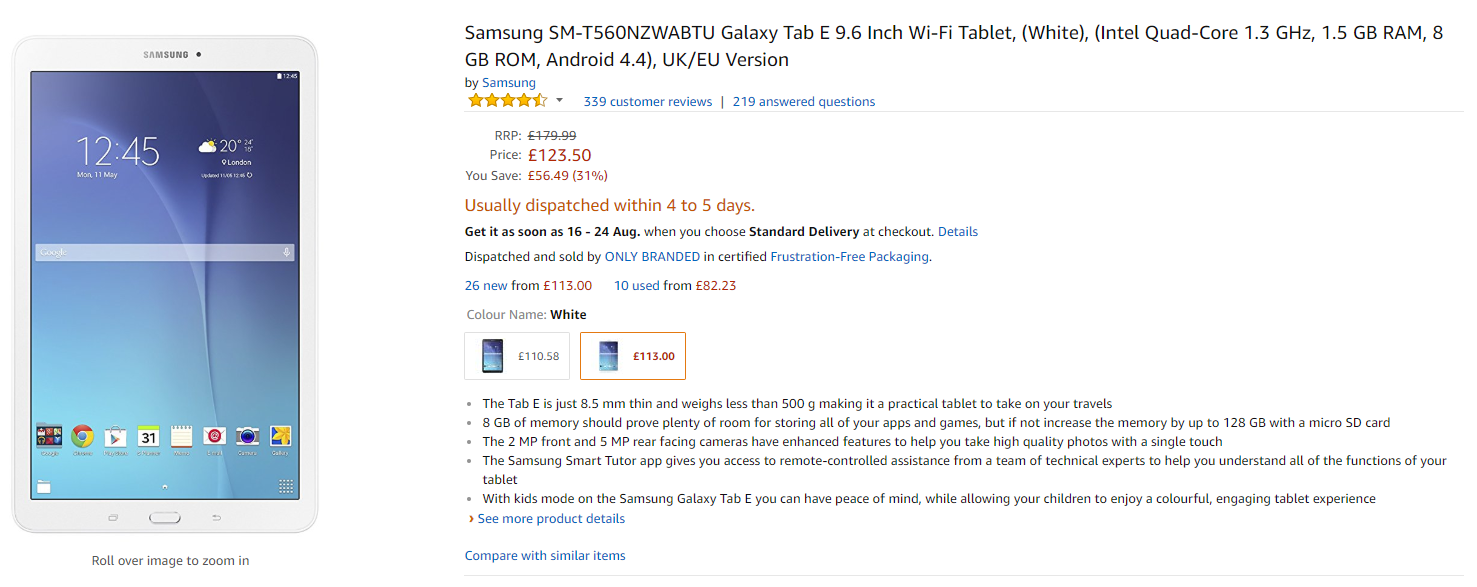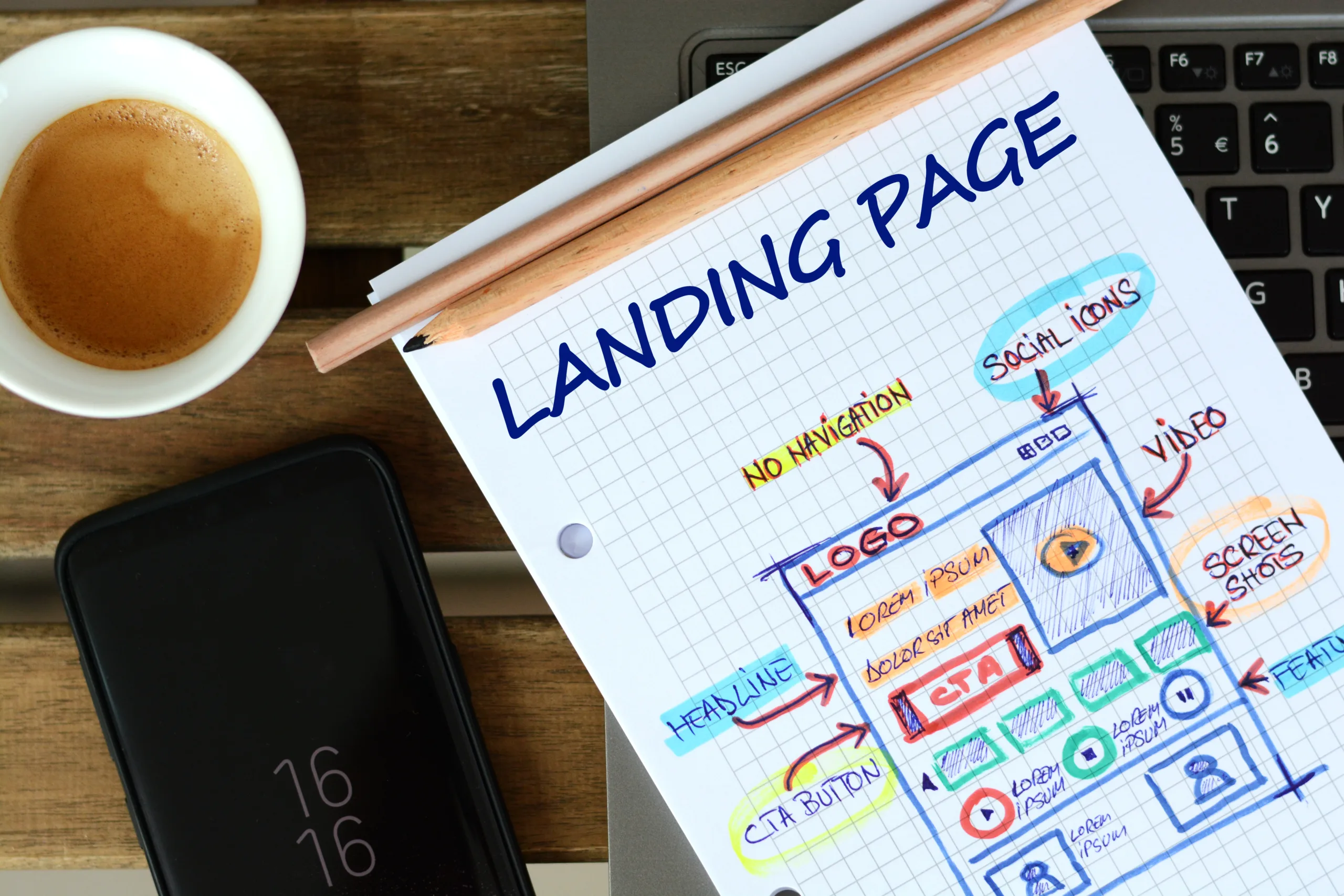To improve your products ranking in Amazon, you first need to consider which are the factors Amazon’s algorithm takes in account to establish its ranking.
Which elements does Amazon’s algorithm takes in account?
- Past sales performance
- Content relevancy
- Price
- Availability
Then, here are some other factors which don’t directly impact the ranking but which can influence the above-mentioned factors. These are the elements which can help:
- FBA or not
- Number of reviews and average review
- Pictures
- Enhanced content
- Special offers
- Advertising on Amazon
Here, we will focus on the “content relevancy” factor in order to improve your product ranking on Amazon and increase your sales. Four mains elements need to be optimised: the Title, the Feature Bullet Points, the Description and the Backend Search Terms.
How to optimise your products title for Amazon?
The idea is not to stuff your products titles with keywords but to describe as best you can your products and include the name variations your customer are searching for.
Your product title has a maximum limit of 250 characters and this can include the following special characters: | , & – and should not include these ones: $, !, ?
Amazon’s algorithm correlates higher relevance with keywords that appear earlier in the title. Product name and brand are key but other elements can also be added: model number, size, color, quantity, etc.
A good product title structure could be:
[Brand] – [Product] – [Feature #1] – [Feature #2] – [Feature #3] – [Size, etc.]
You also have to be careful in order not to include the following in your product tile:
- Price
- Information about the seller
- Promotional terms
- Everything in capitals letters
How to optimise your products features bullet points for Amazon?
The product features bullet points are the second most important element to rank your products efficiently. Here are some useful tips to optimise your bullet points features:
- Mentions the 5 most important features to your customer (size, warranty, etc..).
- Do not include sentences with punctuation. Only fragments which can be separated by semicolons.
- Try not to use abbreviations
- Be very specific and explicit
- Do not mention your company, the shipping, etc… Everything should be about the product itself.
Here is a good example of optimised title and features bullet points:

How to optimise your products description for Amazon?
The products descriptions are very detailed (up to 2.000 characters) and you should use HTML code to show readable content to your potential customers. HTML will help you to split up paragraphs, and to highlight some important elements (with the bold function)
The product descriptions also have some restrictions. You cannot include promotional text, seller name, e-mail address or website details.
Perhaps you would like to show your products descriptions in a better-designed way and have heard about Enhanced Brand Content? Well, this is a very interesting option but it won’t replace your product’s description. Amazon’s crawler keeps analyzing your products description to rank your products.

How to optimise your product keywords for Amazon?
The final content element to improve your product’s ranking in Amazon are the backend keywords. These keywords are not visible to the public and should be used as long tail terms. The order of these words is important and will be taken in account by Amazon (similar to “phrase match” in Google Ads).
You can use these 250 characters to include alternate spellings or search-related terms.
By following these tips, you will certainly improve your product’s ranking in Amazon and, hopefully, your sales. If you want our digital experts to help you take your Amazon sales to the next level, please do not hesitate to contact us.
More posts about: Increase online sales







